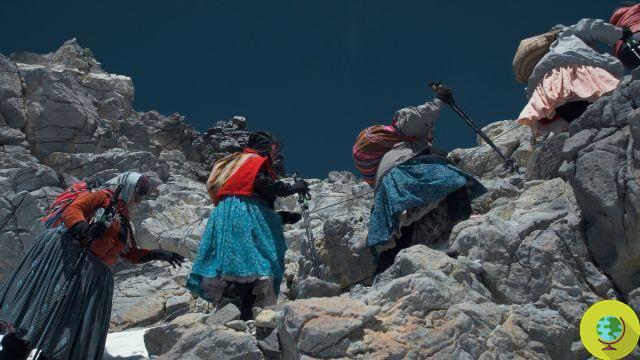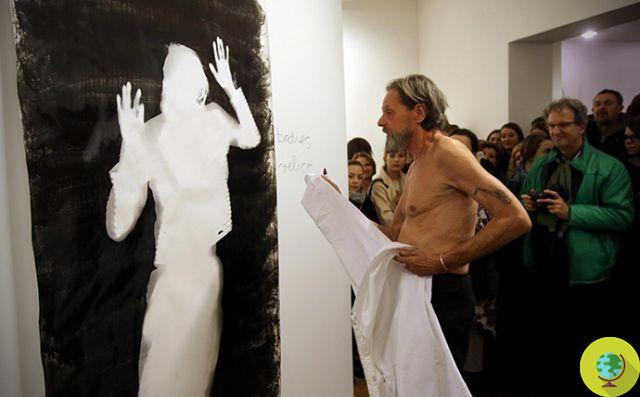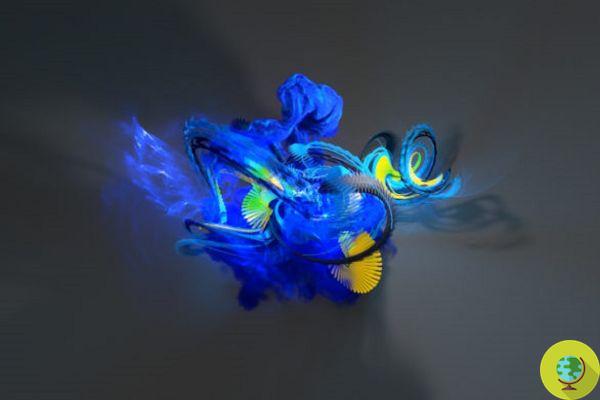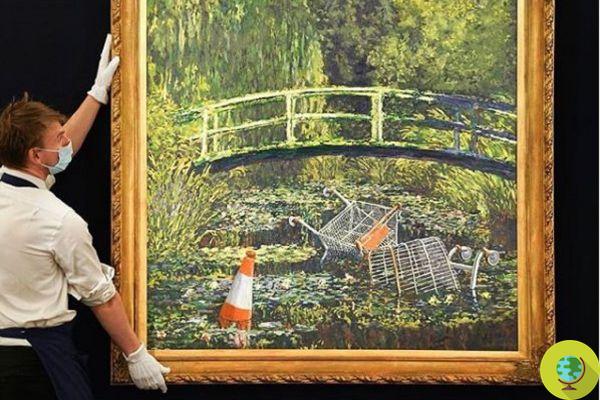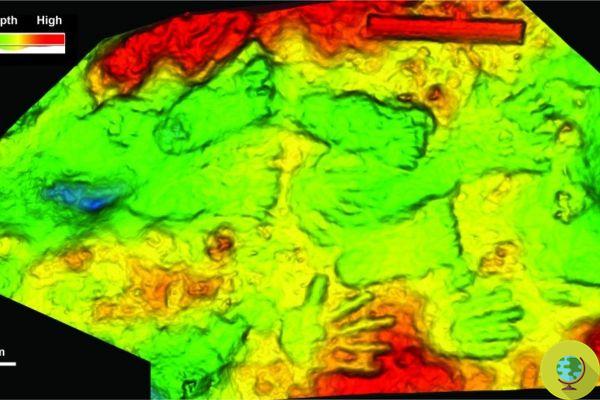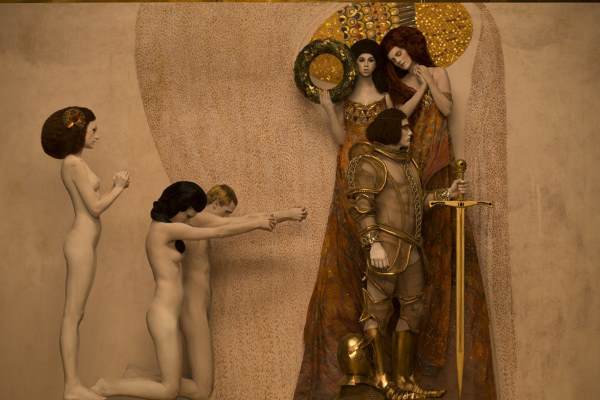A newly discovered sculpture could change our knowledge of art history. This was discovered by a team of archaeologists from the University of Cincinnati who, during a two-year search, unearthed the 3.500-year-old tomb of a Bronze Age warrior in southwestern Greece. A real hidden treasure
A newly discovered sculpture could change our knowledge of art history. This was discovered by a team of archaeologists from the University of Cincinnati who, during a two-year search, unearthed the 3.500-year-old tomb of a Bronze Age warrior in southwestern Greece. A real hidden treasure.
Inside there is also a finely carved gem that according to American researchers would be one of the most refined works of prehistoric Greek art discovered so far.
The objects belonged to a wealthy Mycenaean man known as the Griffin Warrior. Inside the tomb, archaeologists discovered a treasure priceless, which included precious jewels, armor and weapons and small sculptures made of precious materials. One of the most surprising discoveries, however, is one Stone d'agata.
Seemingly insignificant, it was initially covered in limestone and it took a year of painstaking restoration to reveal its true shape. What scientists found under the limestone could rewrite the history of art.
As soon as the intricate details of the stone became visible, the researchers were surprised: they had unearthed a masterpiece. The agate stone was a seal, used to print an image on clay or wax. Called "Pylos Combat Agate", it depicts a fierce hand-to-hand battle between warriors, with a third already lying on the ground. The scene has been meticulously engraved on a 3,6cm piece of hard stone, and some details are only half a millimeter in size.
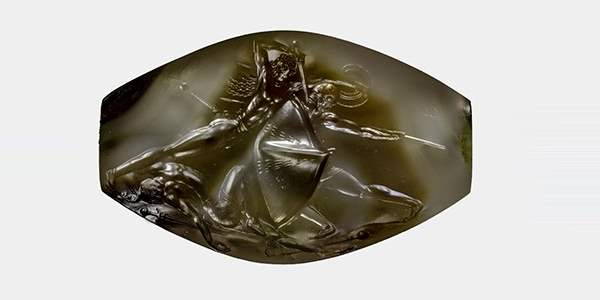
Due to the small size and veining on the stone, many of the miniature details are clearly visible only through photomicroscopy.
When the intricate details of the seal's design surfaced, the researchers were shocked to find that they had unearthed a masterpiece.
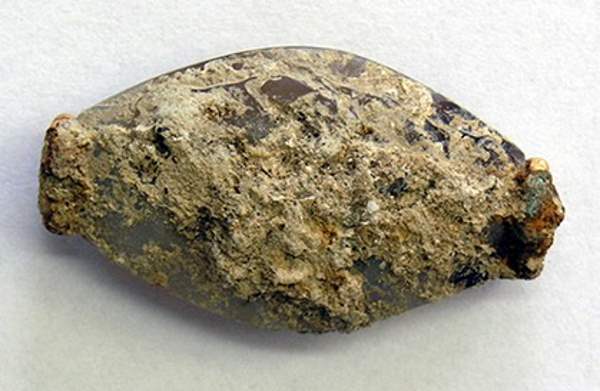
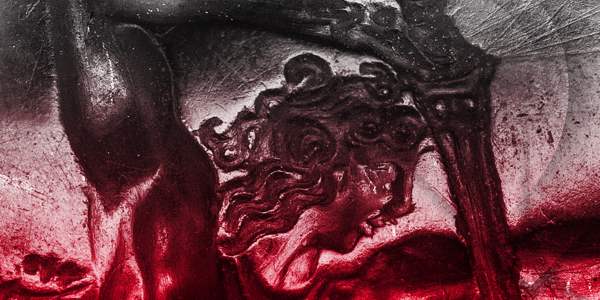
"Seeing the image for the first time was an exciting experience, and it still is", he said Shari Stocker, senior researcher at the University of Cincinnati.
According to the researchers, the craftsmanship and exquisite detail of Pylos Combat Agate make it the best discovered work of glyptic art produced in the Bronze Age in the Aegean.
“What's fascinating is that the representation of the human body is at a level of detail and musculature that won't be found until the classical period of Greek art 1000 years later,” he explains. "It is a spectacular discovery".
“It appears that the Minoans produced such art and no one would have ever imagined that they were capable of doing it,” explained the other author, Davis. "This shows that their capacity and interest in representational art, particularly movement and human anatomy, is beyond what was previously thought."
READ also:
- KINTSUGI: THE WONDERFUL BROKEN VASES REPAIRED WITH GOLD THANKS TO AN ANCIENT JAPANESE TECHNIQUE (PHOTO)
According to the researchers, this seal should be included in all new art history texts and will change the way prehistoric art is viewed.
Francesca Mancuso






